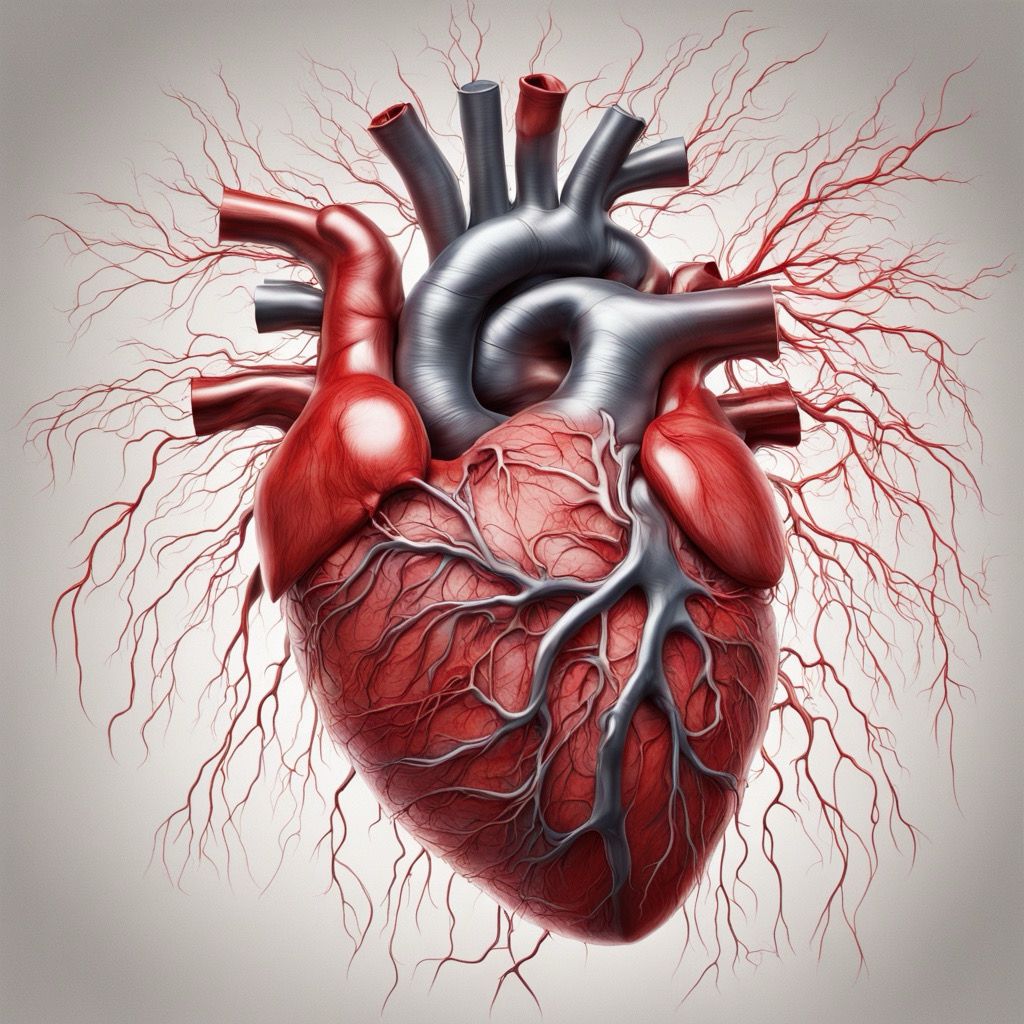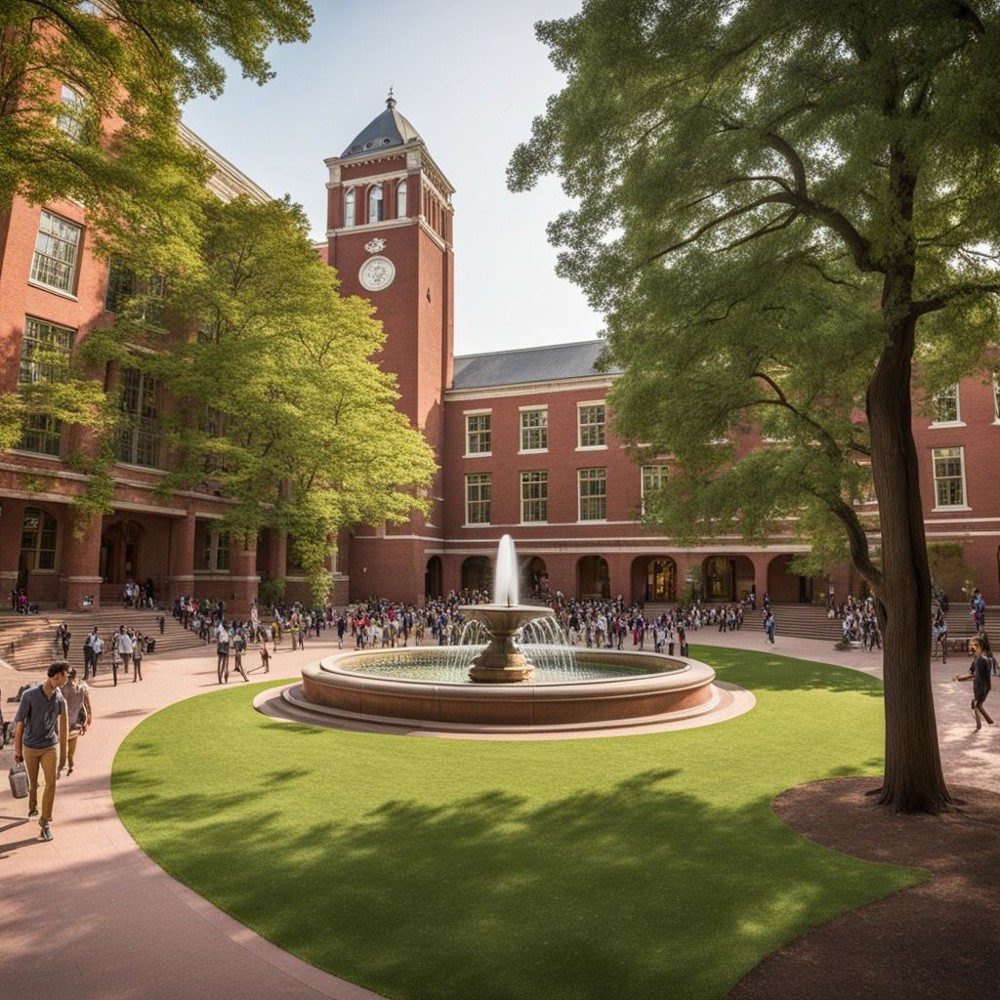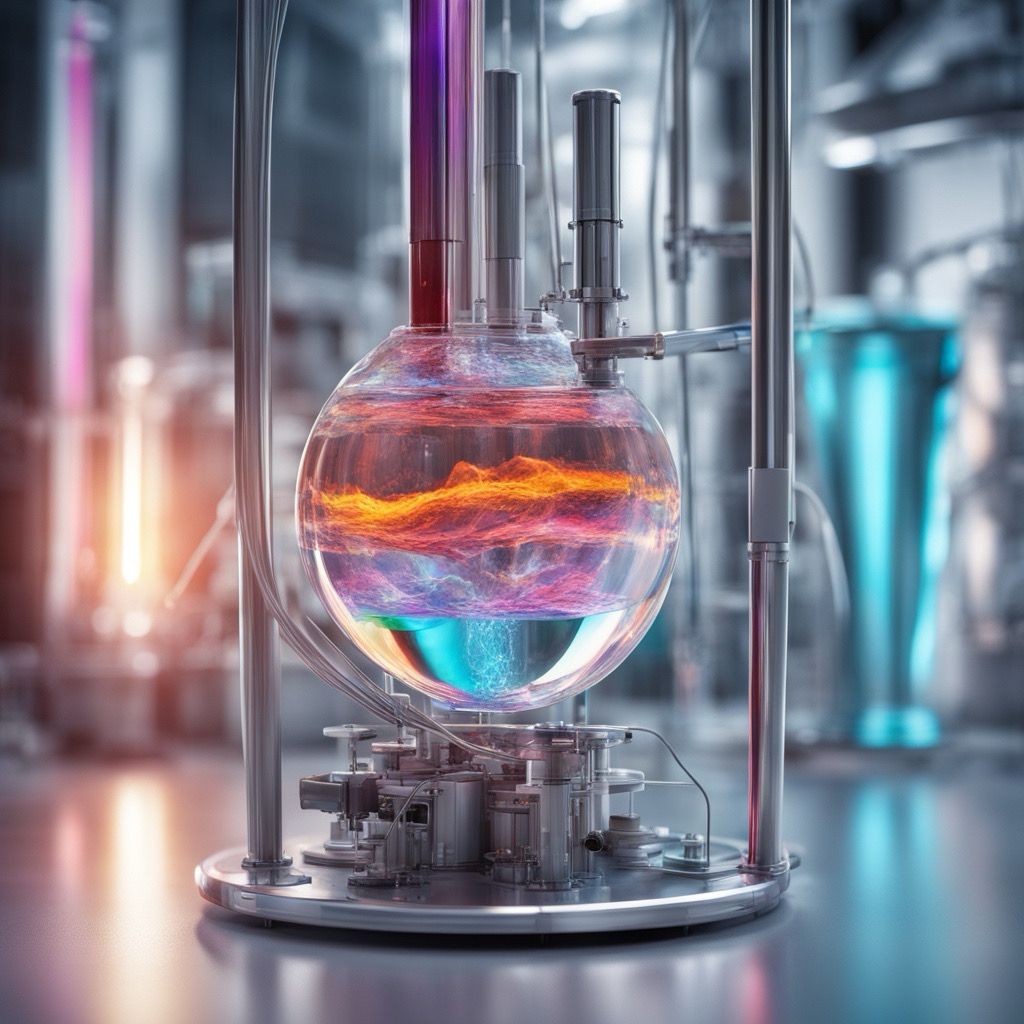Published: 4 months ago

Science
Health
Summary
In the magical land of the human body, there exists a powerful and intricate pump known as the heart. This majestic organ is responsible for continually pumping blood throughout the body, ensuring that every cell receives the oxygen and nutrients it needs to survive. Blood takes to keep you alive and thriving.
Article
Picture this: your heart is like a powerful, rhythmic pump that never stops working. It's constantly moving blood through your body, delivering oxygen and nutrients to every cell. But how does it do it? Well, let me break it down for you.
First off, we have the four valves in your heart. These little guys are like the gatekeepers, controlling the flow of blood in and out of each chamber. There's the tricuspid valve, the pulmonary valve, the mitral valve, and the aortic valve. Each one plays a crucial role in keeping the blood moving in the right direction, so you can thank them for keeping you alive and kicking!
Now, let's talk about arteries and veins. Arteries are like the highways of your circulatory system, carrying oxygen-rich blood away from the heart to every part of your body. They're thick and muscular, able to withstand the high pressure of blood being pumped out by the heart. Veins, on the other hand, are like the back roads, bringing oxygen-depleted blood back to the heart. They have valves to prevent blood from flowing backward, ensuring that everything stays on course.
But how exactly does blood carry oxygen? It all comes down to those red blood cells, which are like tiny delivery trucks transporting oxygen throughout your body. They pick up oxygen in the lungs, where it's inhaled, and then travel through the arteries to deliver it to every cell. Once the oxygen is dropped off, the red blood cells pick up carbon dioxide, a waste product of cell metabolism, and carry it back to the lungs to be exhaled. It's a well-oiled machine, keeping you breathing and moving without you even having to think about it.
Now, let's talk about how oxygen is dissolved in blood. When you take a breath, oxygen enters your lungs and diffuses into the tiny blood vessels called capillaries. These capillaries are so small and numerous that they can reach every nook and cranny of your body, ensuring that every cell gets the oxygen it needs to function properly. The oxygen binds to hemoglobin, a protein in your red blood cells, and is carried away to do its job.
So, the next time you feel your heart thumping in your chest, remember all the hard work it's doing to keep you alive and well. The valves, the arteries, the veins, the red blood cells – they're all part of a complex system that ensures every part of your body is getting what it needs to thrive.
I hope you enjoyed this deep dive into the inner workings of your heart and circulatory system. It's truly an amazing process that keeps us ticking day in and day out. So, next time you feel your pulse quicken, just remember the incredible journey your blood is taking to keep you alive and kicking. Stay curious, stay healthy, and keep that heart pumping!
No opinions exist on this article yet!
Be the first one to share an opinion on this article.
Videos
Images



Other Attachmnents
No Access
Share access to start recording your opinion










